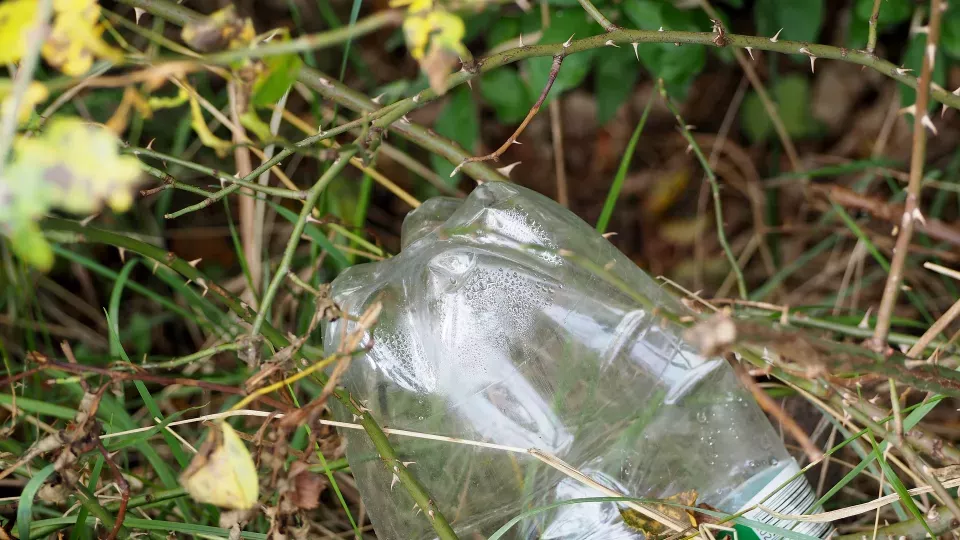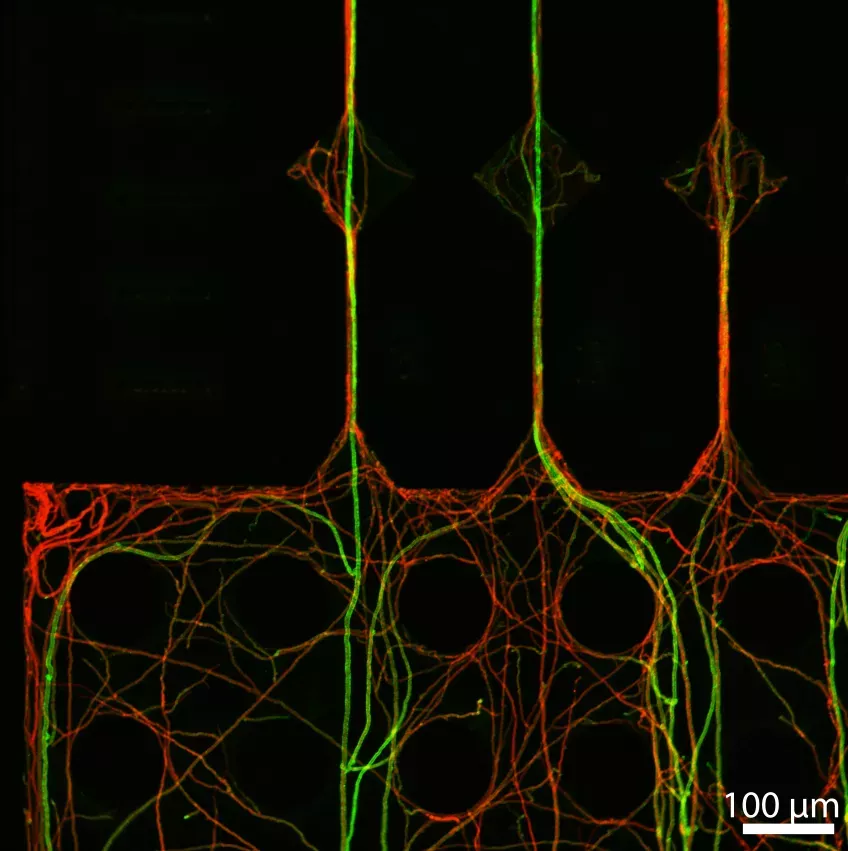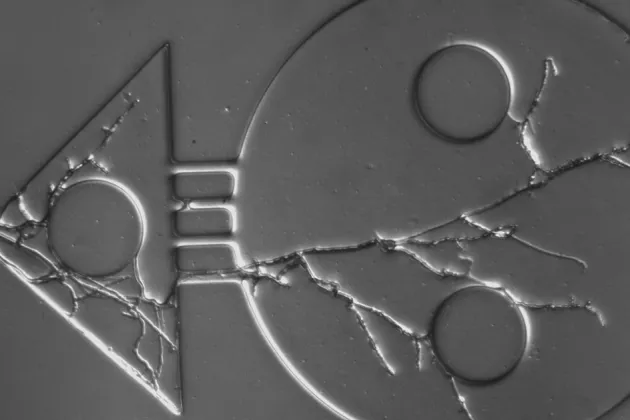- Plastic waste is a huge problem today. Whether discarded carelessly in nature, leaking from landfills or coming from materials such as car tyres and synthetic clothing, large amounts of micro- and nanoplastics end up in our soils," says Micaela Mafla Endara, a biology researcher and member of BECC at Lund University.
Nanoplastics have been shown to be toxic to organisms, but little is known about their impact on the Earth's ecosystem. To study these polystyrene nanoparticles, the researchers used microfluidic chips, a growth system that made it possible to observe interactions between individual cells and the plastics under a microscope.
- At the highest concentration of nanoplastics, the fungi captured most of the small plastics in their proximity in a process we call the 'vacuum cleaner effect'. Overall, we found that nanoplastics can have a direct negative effect on soil microbes. This emphasises the need for further studies to explain how the stress response of microbes can affect soil functions," says Micaela Mafla Endara.
Nanoplastics adsorbed onto the first fungal hyphae, clearing the surrounding space. After cleaning up its surroundings, the fungi was then able to regain its vigour. Although the study's results were confirmed in many conditions, the researchers point out that it can be species-dependent.
- This serves as a reminder to reduce our plastic waste and the contamination of soils. Finding fungi that can collect nanoplastics from the soil could help other organisms to better tolerate the pollution and perhaps attract bacteria that can break down plastics. "The 'vacuum cleaner' effect of the fungus is not a simple solution to the problem, but it may offer some hope for the future," says Edith Hammer, a biology researcher at Lund University and BECC theme leader.
The study is published in Science of the Total Environment, “Exposure to polystyrene nanoplastics reduces bacterial and fungal biomass in microfabricated soil models”.




